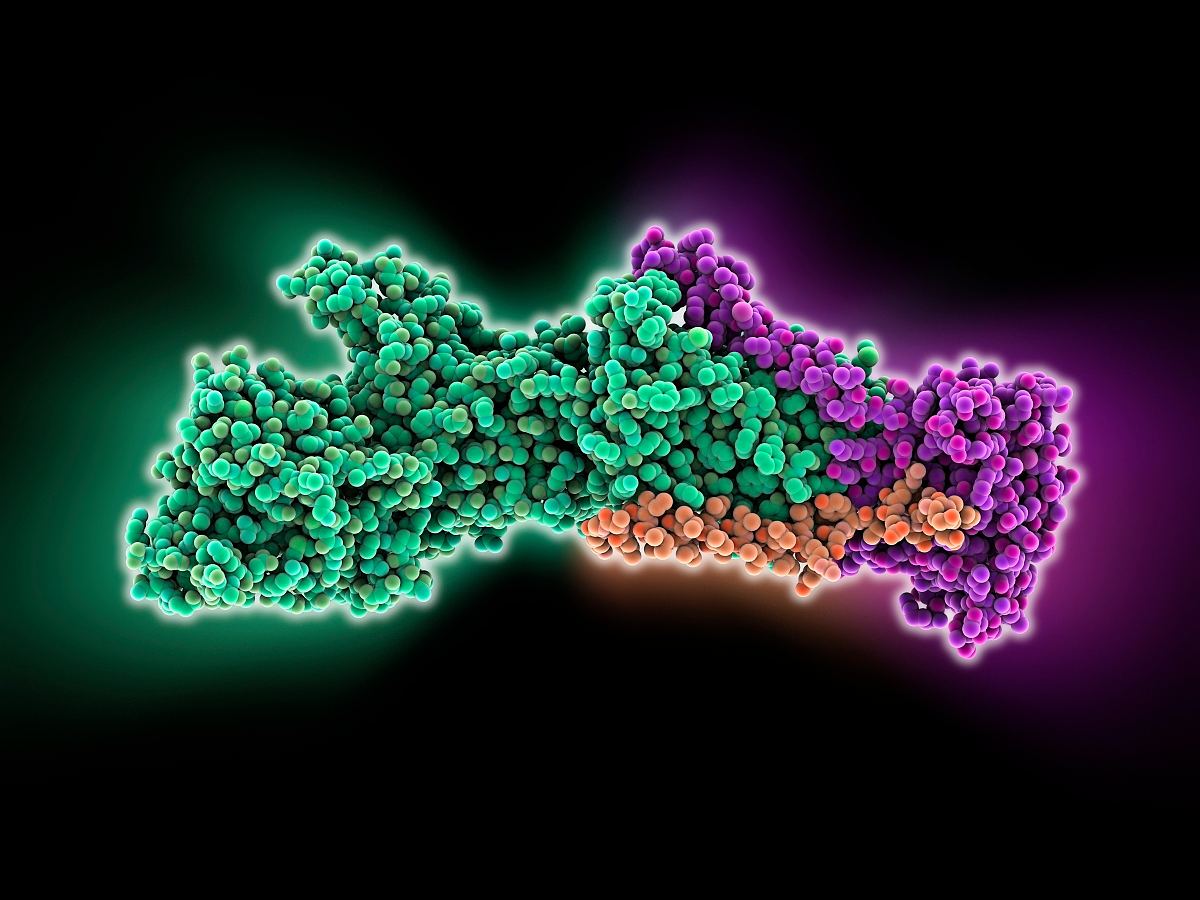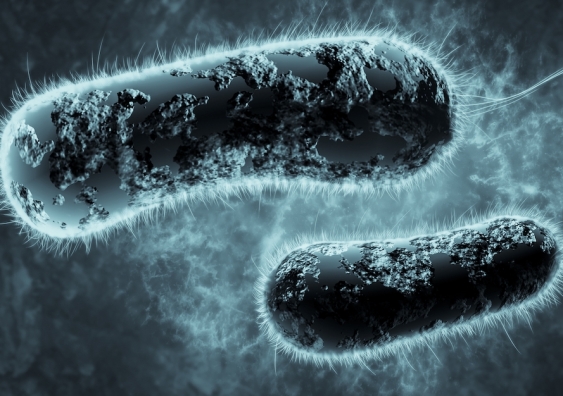创新背景
细菌是地球上最古老的生物之一。它们是微小的单细胞生物,存在于每一个栖息地,包括人体,那里的细菌细胞比人体细胞多。
会游泳对细菌的生存和传播至关重要。但人们对驱动它们运动的马达如何帮助生物体适应恶劣环境知之甚少。
创新过程
研究人员的新发现展示了鞭毛(为细菌提供游泳能力的古老马达)是如何帮助这些微小生物体适应运动能力受损的环境的。

来自生物技术和生物分子科学学院的研究人员是世界上第一个使用CRISPR基因编辑技术来改变鞭毛马达的人。他们使用合成生物学技术在基因组上设计了一个钠马达,从而创造了一种钠驱动的游泳细菌。然后,他们测试并追踪了这种细菌在缺乏钠的环境下的适应能力。
钠是一种离子,这意味着它带电荷。正是这种电荷通过定子或离子通道为鞭毛马达提供动力。

研究小组发现,定子能够快速自我修复鞭毛马达并恢复运动。这些发现可能会导致生物和医学科学领域的新进展。
研究证明环境变化会导致离子通道快速反应,因此,CRISPR编辑也很快恢复,鞭毛运动进化,然后自我调节。
创新关键点
人体包含大约10,000种不同类型的分子机器,它们为从能量转换到运动的一系列生物功能提供动力。
细菌马达的技术远远超过了人类在纳米尺度上的合成工程。虽然只有一粒沙子的百万分之一大,但它可以自行组装,并以高达一级方程式发动机五倍的速度旋转。
创新价值
这项研究的发现可以帮助人们更好地从机械细节上理解分子马达的起源——它们是如何组合在一起的以及它们是如何适应的。这些发现将有助于合成生物学如何帮助创造新的分子马达。这些发现也可能应用于了解抗菌素耐药性和疾病的毒性。
Innovatively designed "sodium motors" drive bacteria through sodium-deficient environments
The researchers' new findings show how flagella, ancient motors that provide bacteria with the ability to swim, help these tiny organisms adapt to environments where their ability to move is impaired.
Researchers from the School of Biotechnology and Biomolecular Sciences are the first in the world to use CRISPR gene-editing technology to alter flagella motors. They used synthetic biology techniques to create a sodium-powered swimming bacterium by designing a sodium motor on the genome. They then tested and tracked the bacteria's ability to adapt to sodium-poor conditions.
Sodium is an ion, which means it has an electric charge. It is this charge that powers the flagella motor through the stator or ion channels.
The team found that the stator was able to quickly self-repair the flagella motor and resume motion. These findings could lead to new advances in biological and medical sciences.
Studies have shown that changes in the environment can cause ion channels to respond quickly, so CRISPR editing is also quickly resumed, flagella movement evolves and then self-regulates.
智能推荐
发育生物学创新思维 | 三性藻类“Pleodorina starri”的相关创新研究
2022-11-14对三种性别藻类的认识研究将有助于人们更深刻地了解生物的真实本性。
涉及学科涉及领域研究方向